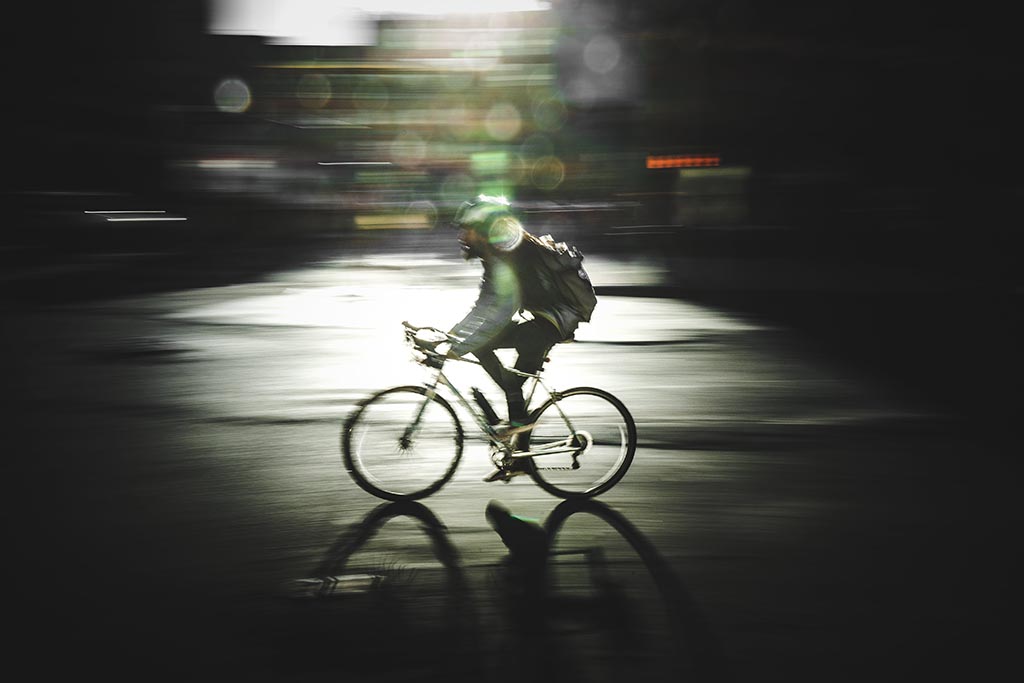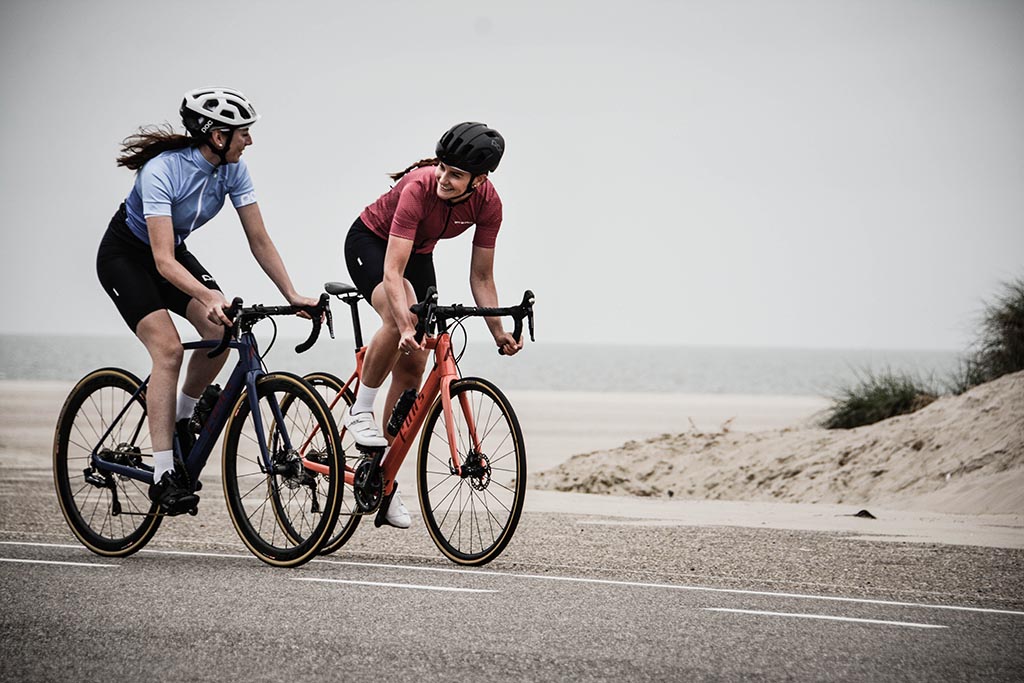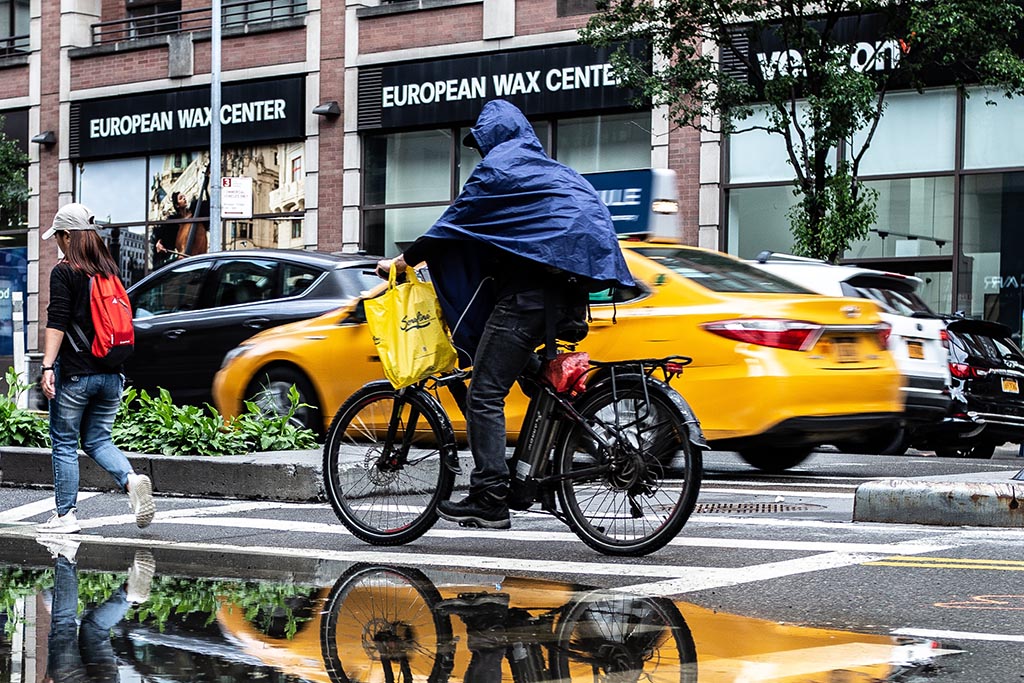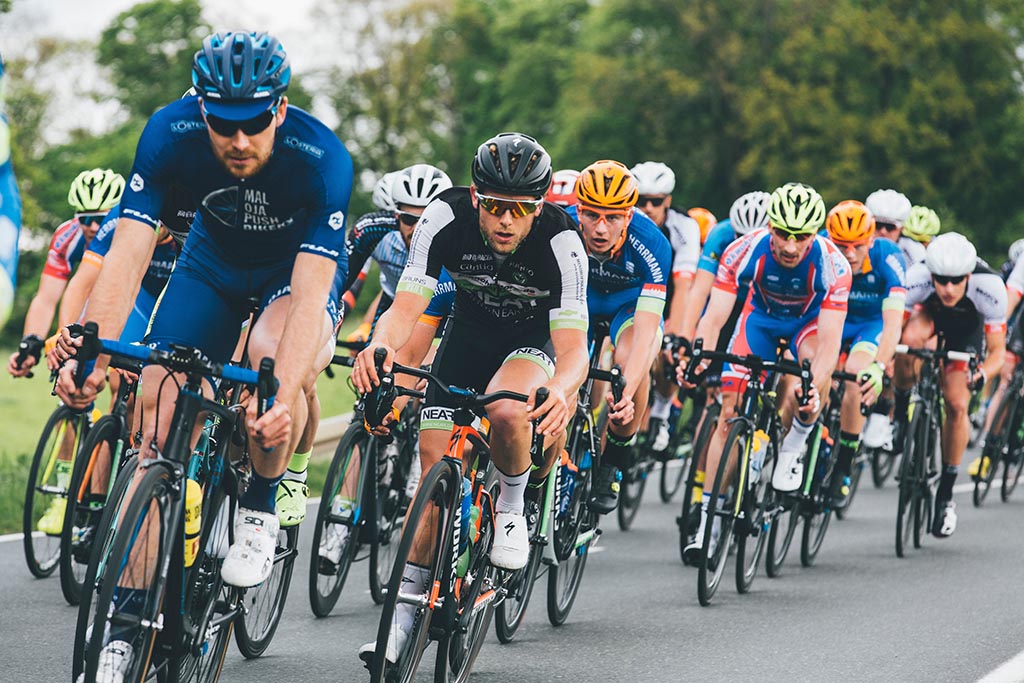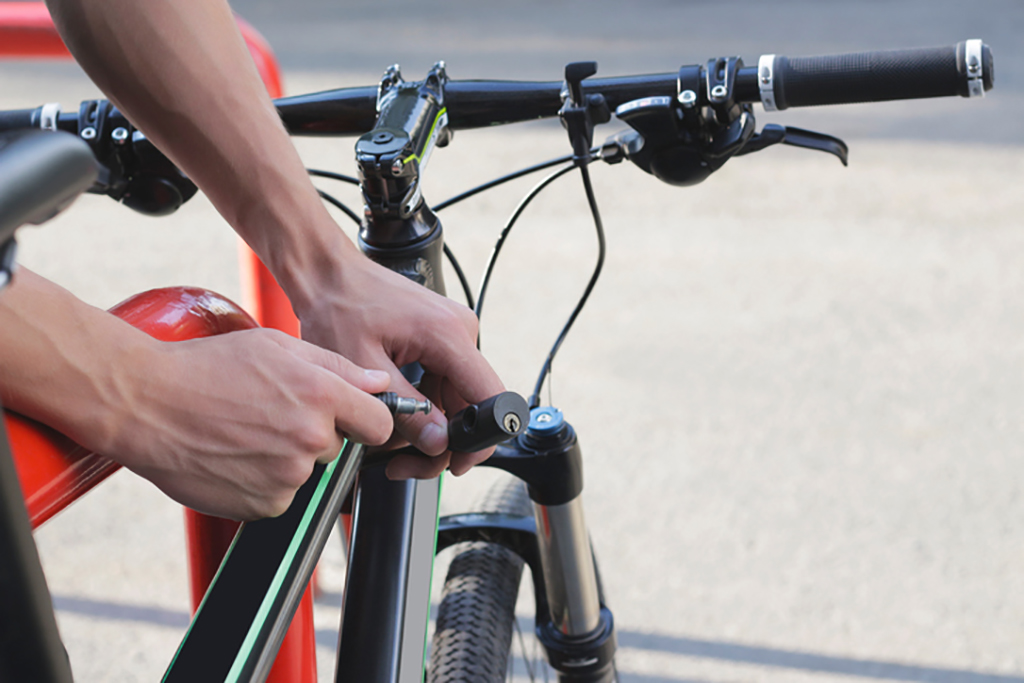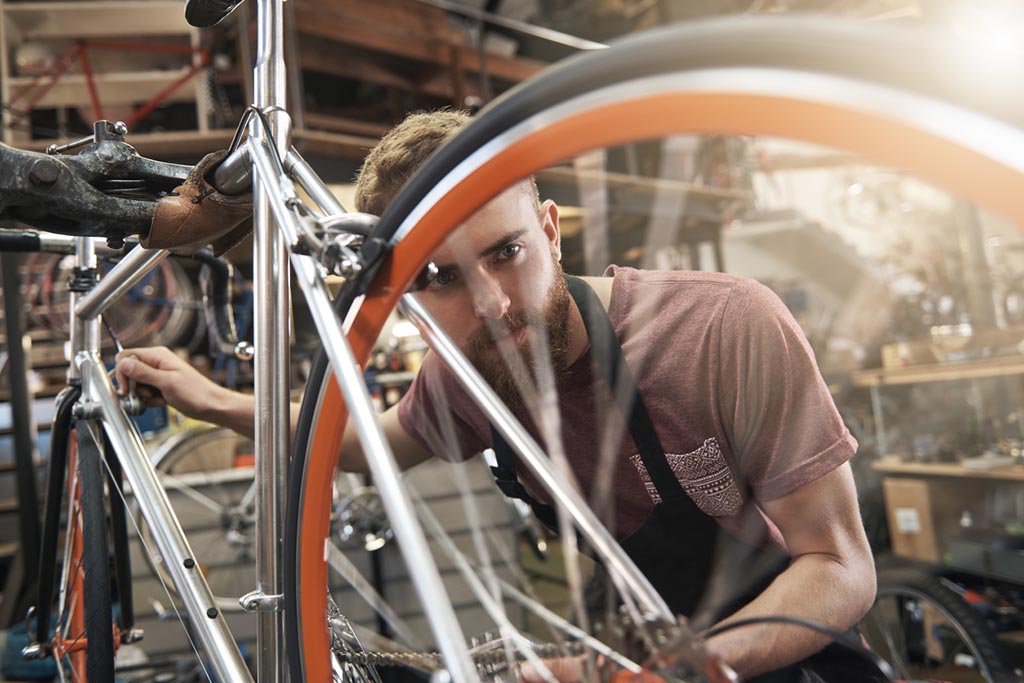For many cyclists, at the first sign of snowflakes, they hang up their bike for the season and engage in some other mode of transport. However, they are missing out on one of the most fun riding experiences of life. While cycling in the snow is innately more dangerous, there are few more refreshing experiences than cycling in the snow. However, with road conditions worse and motorists still just as uninformed when it comes to sharing the road, there are a few more safety tips to consider.
You Have the Right to a Lane
The biggest issue with cycling in the snow is that bike paths are often left ignored by snow plows. Furthermore, they are often the first victims of snow bank build up as well. If you find your usual bike lane is clogged with snow, don’t be afraid to move into the lane. You have the right to the road just like any motorist and if the bike lane is too narrow or unusable, you are fully within your right to merge into traffic.
Take Turns Wider
Between the snow banks and slick conditions, taking turns on a dime with relative quickness is going to be pretty impossible. The key to riding safely in the winter is to go slow and take as much space as you need, particularly when it comes to taking turns. However, always do a shoulder check before wide turns to make sure there is not a motorist speeding up on you.
Don’t Be Afraid to Dismount
Riding in the winter for many cyclists means putting on winter tires more akin to mountain bikes. However, even with proper winter tires, areas of thick snow or heavy ice can be difficult to navigate. Yet, just because you are riding your bike doesn’t mean you should have to force yourself through. If the path is too treacherous, just get off and walk it for a spell.
For many areas of the United States, winter cycling is a big time for accidents. Between sheer lack of knowledge and the stress caused by snow, accidents are more likely. However, if you have been in an accident on your bicycle, contact us today so Gary Brustin can help get you the justice you deserve.


